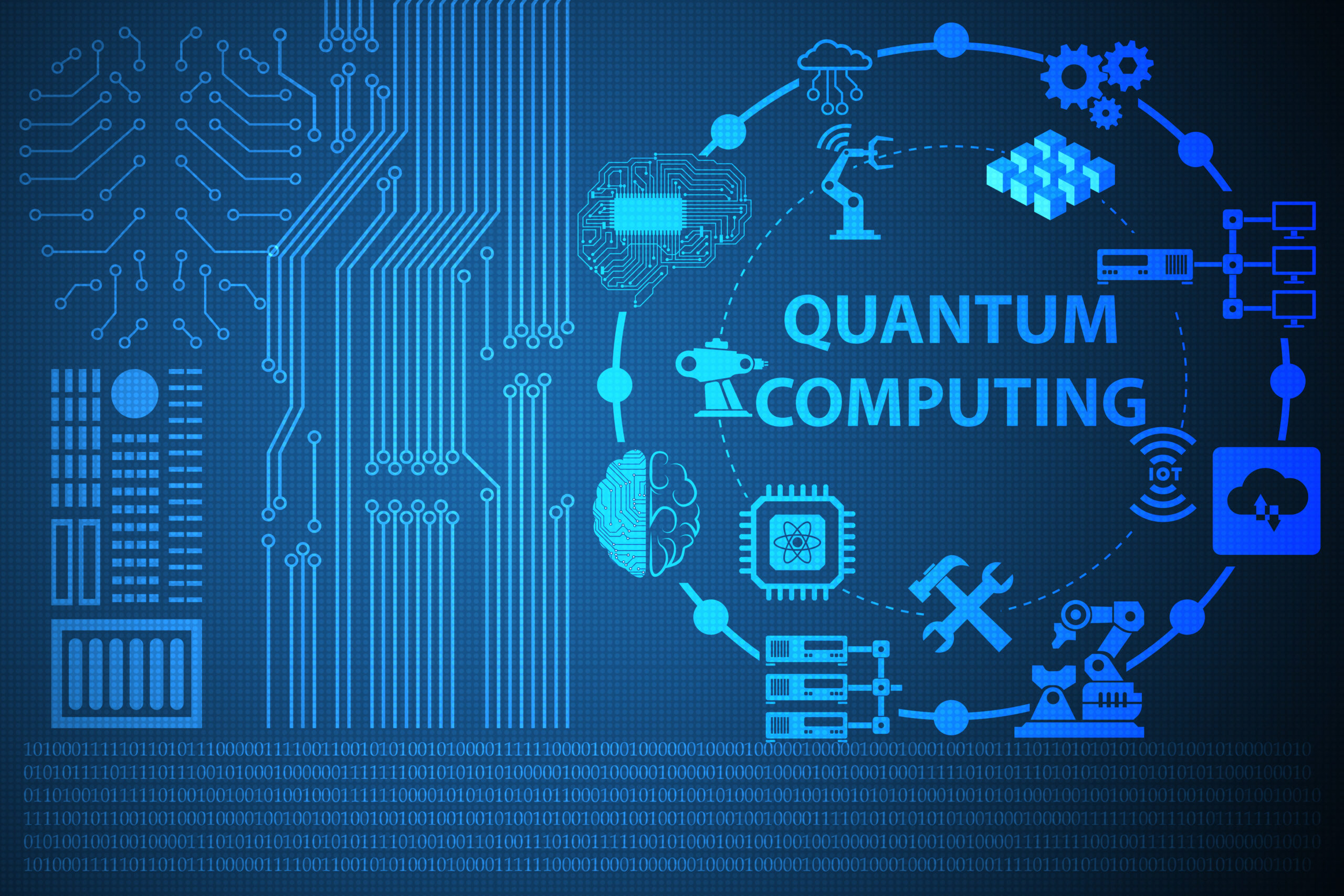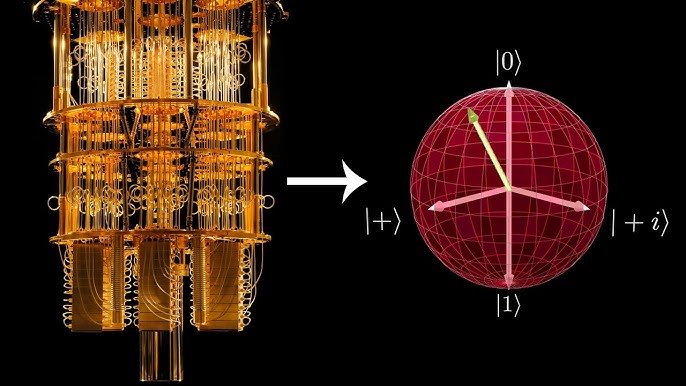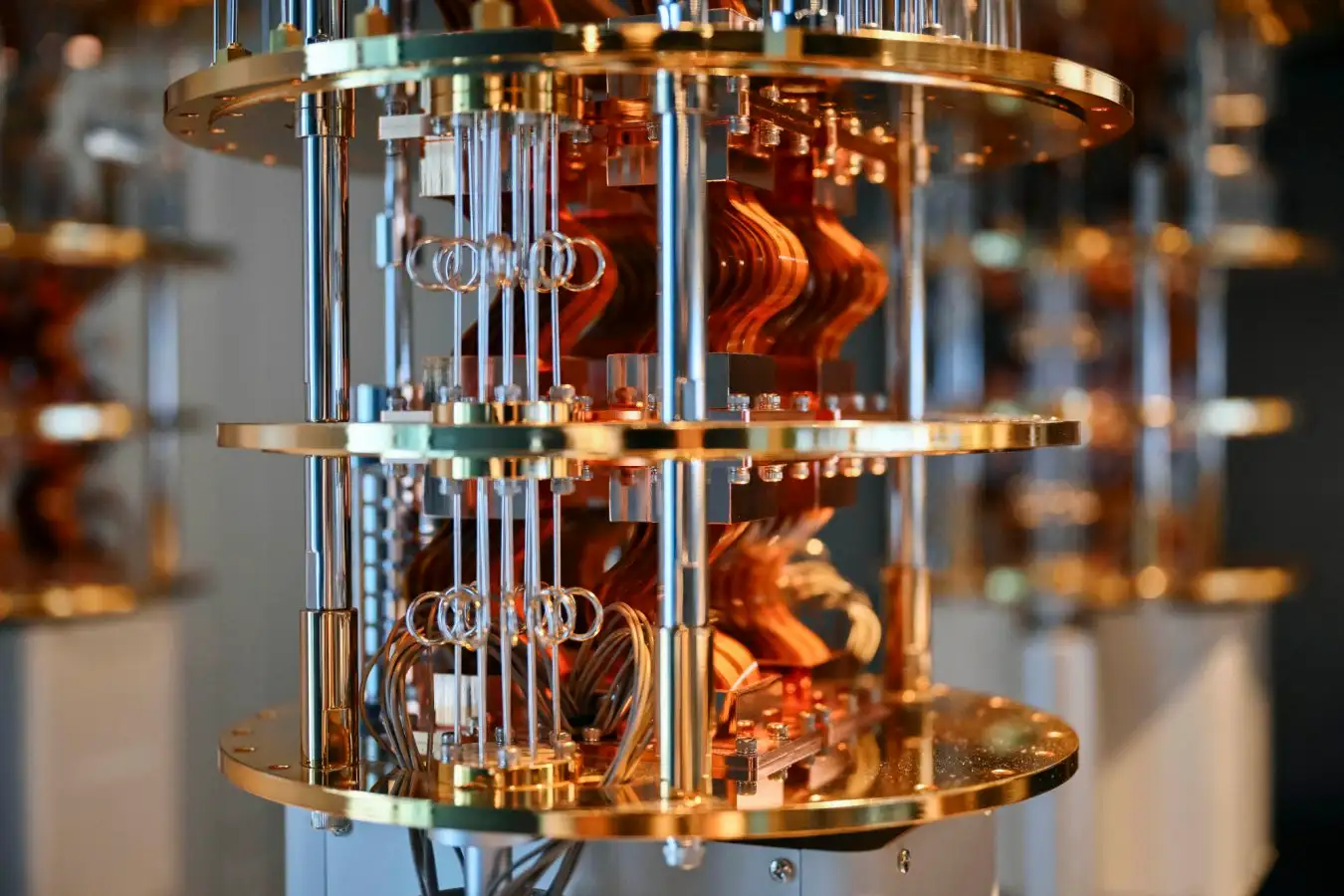Quantum Computing: The Next Leap Beyond Classical Machines
For decades, classical computers have been the backbone of innovation, powering everything from banking systems to spacecraft navigation. But as we continue to push the boundaries of science—whether simulating molecules for drug discovery, cracking complex optimization problems, or modeling the cosmos—classical computing starts hitting hard physical and mathematical walls.
This is where quantum computing steps in: a paradigm that doesn’t just speed things up, but fundamentally changes how we compute.
 Source: Internet
Source: Internet
What Exactly is Quantum Computing?
Quantum computing is a computational model that leverages the principles of quantum mechanics—the physics governing particles at atomic and subatomic scales. Unlike classical computers that process data in bits (0 or 1), quantum computers use quantum bits (qubits), which can exist as:
- 0
- 1
- or both 0 and 1 simultaneously (superposition)
This property enables quantum machines to process exponentially more information than classical systems.
Quantum Concepts
Superposition A qubit can be in multiple states simultaneously. For example, while a classical bit is either
0or1, a qubit can be a weighted combination of both. This allows quantum computers to explore many solutions at once.Entanglement When qubits become entangled, the state of one qubit is directly linked to another, no matter the distance between them. Entanglement enables powerful correlations and parallel computations.
Quantum Interference Quantum algorithms exploit interference to amplify correct solutions and cancel out wrong ones.
Measurement Once measured, a qubit “collapses” into a definite state (0 or 1). Quantum algorithms are carefully designed to maximize the probability of collapsing into the right answer.
 Source: Internet
Source: Internet
Why Quantum Computing is Better (for Certain Problems)
Classical computers are excellent for general-purpose computing—running apps, databases, and simulations. But some problems are intractable on classical systems because the resources required grow exponentially with input size.
Quantum computers, due to superposition and entanglement, can explore a vast solution space simultaneously. This makes them better suited for problems like:
- Cryptography: Shor’s algorithm can factor large numbers exponentially faster than classical algorithms, threatening RSA encryption.
- Search: Grover’s algorithm provides quadratic speedup for unstructured search.
- Optimization: Logistics, supply chain, and portfolio optimization problems can be solved faster.
- Material Science: Quantum simulation can model molecular interactions accurately—critical for drug discovery and clean energy.
Example: Classical vs Quantum
- Classical Computer: Checking every possible configuration of a protein molecule could take billions of years.
- Quantum Computer: By exploiting superposition, it can simulate the entire system in parallel, potentially solving the problem in hours.
Why Do We Need Quantum Computing?
Scaling Limits of Moore’s Law Transistors are now measured in nanometers, approaching physical limits. Quantum provides a new computational model beyond shrinking silicon.
Solving Classically Infeasible Problems Problems like global optimization, weather prediction, and molecular design are computationally explosive—quantum methods make them tractable.
New Horizons in Science Quantum computing could unlock entirely new physics, chemistry, and materials—enabling breakthroughs we can’t yet imagine.
 Source: Internet
Source: Internet
A Glimpse Into Quantum Programming
Quantum computing isn’t just theory—you can actually write and run code today using frameworks like Qiskit (IBM), Cirq (Google), and Braket (AWS).
Here’s a simple Qiskit example to create a qubit in superposition:
from qiskit import QuantumCircuit, Aer, execute
# Create a quantum circuit with 1 qubit
qc = QuantumCircuit(1, 1)
# Apply Hadamard gate to create superposition
qc.h(0)
# Measure the qubit
qc.measure(0, 0)
# Run the circuit on a simulator
backend = Aer.get_backend('qasm_simulator')
job = execute(qc, backend, shots=1000)
result = job.result()
# Get measurement counts
counts = result.get_counts(qc)
print("Measurement outcomes:", counts)
What’s happening here?
- The Hadamard gate puts the qubit into superposition (equal chance of 0 or 1).
- When measured repeatedly, results will be \~50%
0and \~50%1.
This tiny demo illustrates the foundation of all quantum algorithms.
Future of Quantum Computing
Quantum computing is still in its infancy—today’s machines are noisy and error-prone (NISQ era). But progress is rapid:
- Error Correction: Research is advancing toward fault-tolerant quantum computers.
- Hybrid Quantum-Classical Models: Near-term applications combine quantum circuits with classical AI/ML.
- Cloud Quantum Access: IBM, Google, Microsoft, and AWS already offer quantum processors via the cloud.
- Industry Use Cases: Finance, pharma, energy, and aerospace industries are actively experimenting with real-world quantum workloads.
What Could the Future Look Like?
- Breaking RSA encryption → Post-quantum cryptography becomes standard
- Personalized medicine → Drug molecules simulated in days, not decades
- Climate modeling → Accurate predictions to combat global warming
- AI acceleration → Quantum-enhanced training of large models
Final Thoughts
Quantum computing isn’t about replacing classical computers; it’s about augmenting them for specific, hard problems. Think of it as moving from “faster calculators” to “a completely new kind of mathematics machine.”
We’re standing at the dawn of a technological revolution—similar to how classical computing looked in the 1950s. It’s early, messy, and imperfect, but the trajectory is clear: quantum computing will redefine the limits of what is computationally possible.